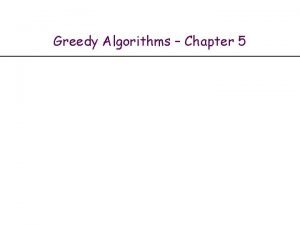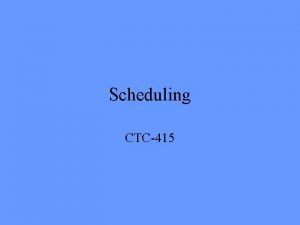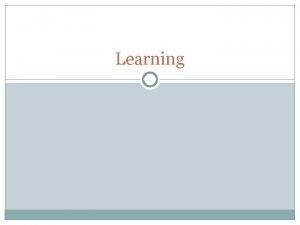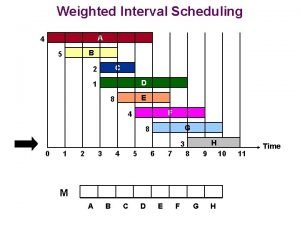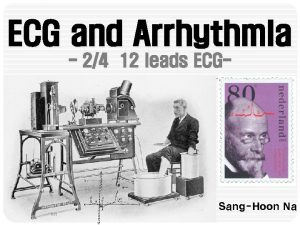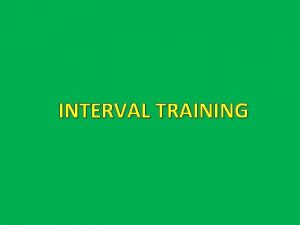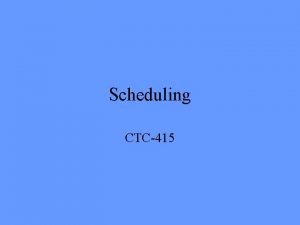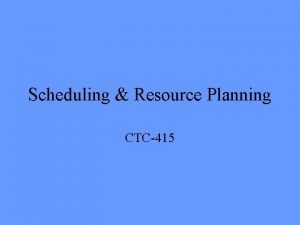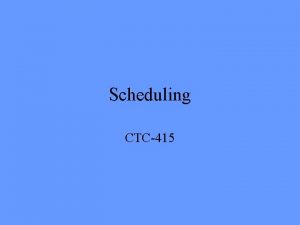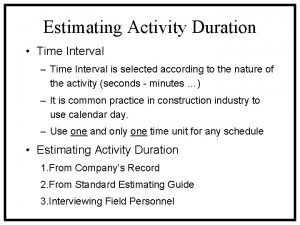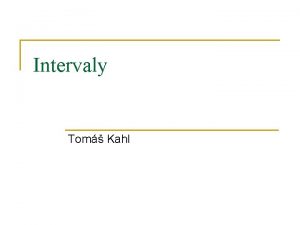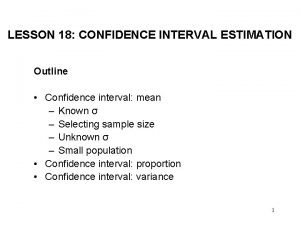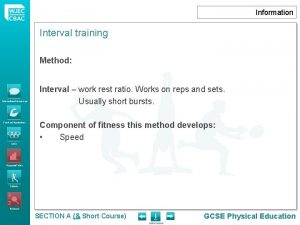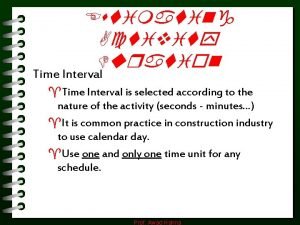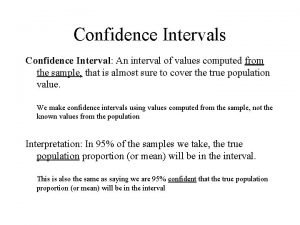Scheduling CTC415 Short Interval Scheduling Plan manage day

















- Slides: 17

Scheduling CTC-415

Short Interval Scheduling • • Plan & manage day to day activities Focus on individual activities Goal Oriented to get activity done Two Categories – Look Ahead – Production

Look Ahead Scheduling • Focuses on what needs to be accomplished during next time period • Extract from overall schedule • More detailed than overall schedule since looking at day to day activities • Must make sure that look ahead schedule matches the overall schedule

Production Scheduling • Plan and Schedule one specific activity or group of sub activities related to a particular construction process • Good for subcontractor work • Types of schedules • Date list, Bar Chart, Network Schedule • Graphic Schedule, Matrix Schedule, Velocity Diagram

Production Scheduling • Date List – List of Dates used to plan and manage an activity – Difficult to follow without a narrative – Can also be by hour • Bar Chart – Like a regular bar chart but for sub activities

Production Scheduling • Network Schedule – More complicated – More info – AON diagram • Graphic Schedule – Easy to read – Several types follow

Production Scheduling • Matrix Schedule – Good when identical activities with very similar subactivities – When work is repetitive

Matrix Schedule

Production Scheduling • Velocity Diagrams – Relationship between time and output – Very effective, easy to read

Velocity Diagram

Precedence Diagram Method • Extension of AON Network – Allows concurrent activities to overlap – Restraints not required to model logical relationships – Schedule logic is easier and quicker to develop – Easier to modify – Better represents work flow in continuous operations

Precedence Diagram Method • Disadvantages – Need to use finish to start relationships – Harder to update and manage due to reduced network detail

Precedence Diagram Method • Activity Lead – Lag = time that a following activity is delayed from the start of the previous activity – Lead = time that an activity precedes the start or finish of the next activity

Precedence Diagram Method • PDM Relationships – Finish to Start • Like AON when no lag – Start to Start • Gives a time between the current activity start and when next activity can start – Finish to Finish • Gives a time between the current activity finish and when next activity can finish

Precedence Diagram Method • Calculation Assumption – Once work starts it runs until complete – Activities are scheduled based on their duration – Work is not interrupted or stretched

Precedence Diagram Method • Controlling Relationships – Forward pass • Relationship that results in latest early finish time – Backwards pass • Relationship that results in earliest late start time

Precedence Diagram Method • Forward pass – Calculates the earliest time each activity in network can start and finish – Minimum project duration • Backwards pass – Calculate the latest time an activity can start and finish
 Tall+short h
Tall+short h Day 1 day 2 day 3 day 4
Day 1 day 2 day 3 day 4 Interval scheduling algorithm - greedy approach
Interval scheduling algorithm - greedy approach Short interval planning
Short interval planning Day 1 day 2 day 817
Day 1 day 2 day 817 Melodic interval adalah dua buah nada yang
Melodic interval adalah dua buah nada yang Fixed ratio fixed interval
Fixed ratio fixed interval Fixed interval vs variable interval
Fixed interval vs variable interval Weighted interval scheduling
Weighted interval scheduling Job scheduling vs process scheduling
Job scheduling vs process scheduling Short, medium and long term planning in education
Short, medium and long term planning in education J point
J point Sic short interval control
Sic short interval control Short term scheduling in operations management
Short term scheduling in operations management Family sis schoolmax
Family sis schoolmax Ocean the part day after day
Ocean the part day after day Day to day maintenance
Day to day maintenance As your room gets messier day by day, entropy is
As your room gets messier day by day, entropy is


